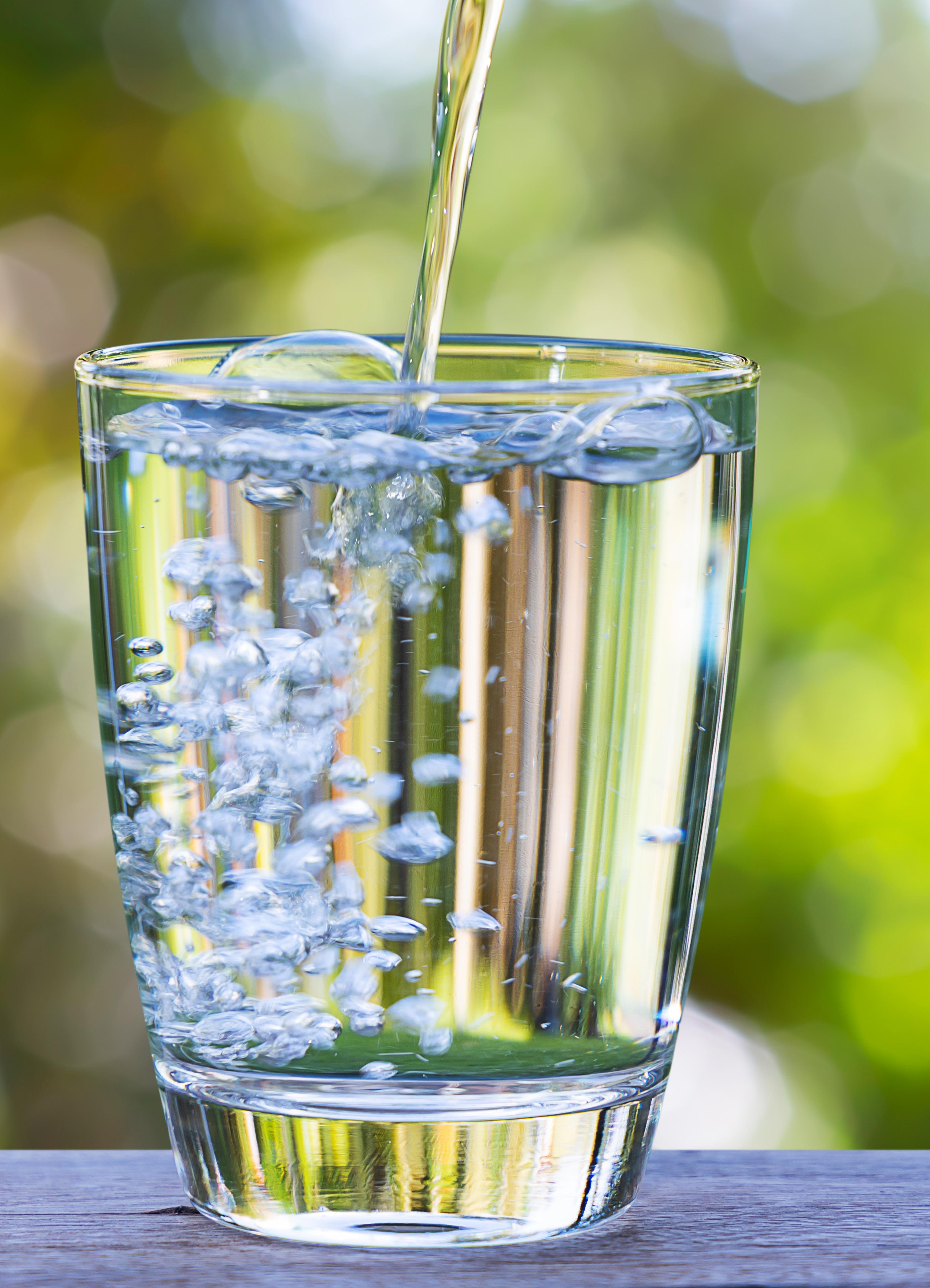Drinking Water

Making Safe Drinking Water
Blaine Monitoring Results
Learn More About Your Drinking Water
Presented by
Kristian Gaasland Water Department Supervisor
City of Blaine Public Works Department
BlaineMN.gov











Making Safe Drinking Water
Blaine Monitoring Results
Learn More About Your Drinking Water
Presented by
Kristian Gaasland Water Department Supervisor
City of Blaine Public Works Department
BlaineMN.gov









This report contains important information about your drinking water. Have someone translate it for you, or speak with someone who understands it.
Información importante. Si no la entiende, haga que alguien se la traduzca ahora.








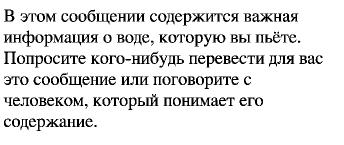




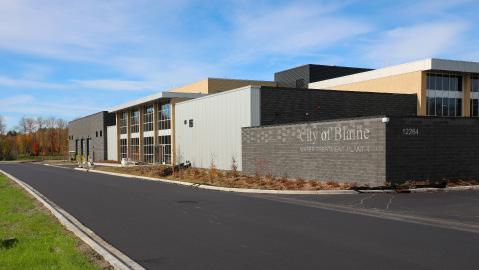
Your drinking water comes from a groundwater source: nineteen wells ranging from 228 to 741 feet deep, that draw water from the Jordan-Wonewoc, Tunnel City-Mt.Simon, Quaternary Buried Artesian, Jordan-Mt.Simon, Tunnel City-Wonewoc, Tunnel City-Eau Claire, and Wonewoc-Mt. Simon aquifers.
Blaine works hard to provide you with safe and reliable drinking water that meets federal and state water quality requirements. The purpose of this report is to provide you with information on your drinking water and how to protect our precious water resources.
Contact Kristian Gaasland, Water Supervisor, at 763-785-6137 or kgaasland@blainemn.gov if you have questions about Blaine’s drinking water. You can also ask for information about how you can take part in decisions that may affect water quality.
The U.S. Environmental Protection Agency sets safe drinking water standards. These standards limit the amounts of specific contaminants allowed in drinking water. This ensures that tap water is safe to drink for most people. The U.S. Food and Drug Administration regulates the amount of certain contaminants in bottled water. Bottled water must provide the same public health protection as public tap water.
Drinking water, including bottled water, may reasonably be expected to contain at least small amounts of some contaminants. The presence of contaminants does not necessarily indicate that water poses a health risk. More information about contaminants and potential health effects can be obtained by calling the Environmental Protection Agency’s Safe Drinking Water Hotline at 1-800-426-4791
.

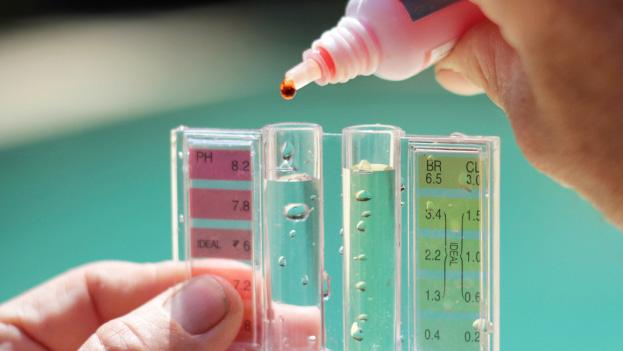
This report contains our monitoring results from January 1 to December 31, 2024. We work with the Minnesota Department of Health to test drinking water for more than 100 contaminants. It is not unusual to detect contaminants in small amounts. No water supply is ever completely free of contaminants. Drinking water standards protect Minnesotans from substances that may be harmful to their health.
Learn more by visiting the Minnesota Department of Health’s webpage Basics of Monitoring and Testing of Drinking Water in Minnesota health.state.mn.us/communities/environment/water/factsheet/sampling.html

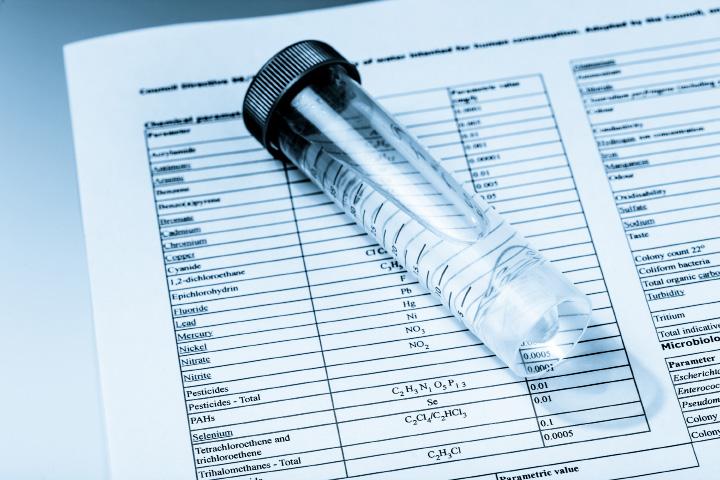
The tables below show the contaminants we found last year or the most recent time we sampled for that contaminant. They also show the levels of those contaminants and the Environmental Protection Agency’s limits. Substances that we tested for but did not find are not included in the tables.
We sample for some contaminants less than once a year because their levels in water are not expected to change from year to year. If we found any of these contaminants the last time we sampled for them, we included them in the tables below with the detection date.
We may have done additional monitoring for contaminants that are not included in the Safe Drinking Water Act. To request a copy of these results, call the Minnesota Department of Health at 651-201-4700 between 8AM and 4:30PM, Monday through Friday.
Some contaminants are monitored regularly throughout the year, and rolling (or moving) annual averages are used to manage compliance. Because of this averaging, there are times when the Range of Detected Test Results for the calendar year is lower than the Highest Average or Highest Single Test Result, because it occurred in the previous calendar year.
• AL (Action Level): The concentration of a contaminant which, if exceeded, triggers treatment or other requirements which a water system must follow.
• EPA: Environmental Protection Agency
• MCL (Maximum contaminant level): The highest level of a contaminant that is allowed in drinking water. MCLs are set as close to the MCLGs as feasible using the best available treatment technology.
• MCLG (Maximum contaminant level goal): The level of a contaminant in drinking water below which there is no known or expected risk to health. MCLGs allow for a margin of safety.
• MRDL (Maximum residual disinfectant level): The highest level of a disinfectant allowed in drinking water. There is convincing evidence that the addition of a disinfectant is necessary for the control of microbial contaminants.
• MRDLG (Maximum residual disinfectant level goal): The level of a drinking water disinfectant below which there is no known or expected risk to health. MRDLGs do not reflect the benefits of the use of disinfectants to control microbial contaminants.
• NA (Not applicable): Does not apply.
• ppt (parts per trillion): One part per trillion is like one drop in one trillion drops of water, or about one drop in an Olympic-sized swimming pool, ppt is the same as nanograms per liter (ng/l).
• ppb (parts per billion): One part per billion in water is like one drop in one billion drops of water, or about one drop in a swimming pool, ppb is the same as micrograms per liter (μg/l).
• ppm (parts per million): One part per million is like one drop in one million drops of water, or about one cup in a swimming pool, ppm is the same as milligrams per liter (mg/l).
• PWSID: Public water system identification.


Contaminant (Date, if sampled in previous year)
Contaminant
(Date, if sampled in previous year)
Runoff from fertilizer use; Leaching from septic tanks, sewage; Erosion of natural deposits.
Discharge of drilling wastes, Discharge from metal refineries; Erosion of natural deposits.
Erosion of natural deposits; Runoff from orchards; Runoff from glass and electronics production wastes.
from chemical agricultural chemical factories
Erosion of natural deposits.
Arsenic: While your drinking water meets EPA’s standard for arsenic, it does contain low levels of arsenic. EPA’s standard balances the current understanding of arsenic’s possible health effects against the costs of removing arsenic from drinking water. EPA continues to research the health effects of low levels of arsenic, which is a mineral known to cause cancer in humans at high concentrations and is linked to other health effects such as skin damage and circulatory problems.


Contaminants Related to Disinfection - Tested in drinking water.
Substance (Date, if sampled in previous year)
additive used to control microbes.
Total HAA refers to HAA5
Other Substances - Tested in drinking water.
Substance (Date, if sampled in previous
Fluoride: Fluoride is nature’s cavity fighter, with small amounts present naturally in many drinking water sources. There is an overwhelming weight of credible, peer-reviewed, scientific evidence that fluoridation reduces tooth decay and cavities in children and adults, even when there is availability of fluoride from other sources, such as fluoride toothpaste and mouth rinses. Since studies show that optimal fluoride levels in drinking water benefit public health, municipal community water systems adjust the level of fluoride in the water to an optimal concentration between 0.5 to 0.9 parts per million (ppm) to protect your teeth. Fluoride levels below 2.0 ppm are not expected to increase the risk of a cosmetic condition known as enamel fluorosis.
In addition to testing drinking water for contaminants regulated under the Safe Drinking Water Act, we sometimes also monitor for contaminants that are not regulated. Unregulated contaminants do not have legal limits for drinking water. MDH, EPA, and other health agencies may have developed comparison values for some of these compounds. Some of these comparison values are based solely on potential health impacts and do not consider our ability to measure contaminants at very low concentrations nor the cost and technology of prevention and/or treatment. These values may be set at levels that are costly, challenging, or impractical for a water system to meet (for example, large-scale treatment technology may not exist for a given contaminant). Sample data are listed along with comparison values in the table below; it is important to note that these comparison values are not enforceable.
Detection alone of a regulated or unregulated contaminant should not cause concern. The significance of a detection should be determined considering current health effects information. We are often still learning about the health effects, so this information can change over time.
A person drinking water with a contaminant at or below the comparison value would be at little to no risk for harmful health effects. If the level of a contaminant is above the comparison value, people of a certain age or with special health conditions-like a fetus, infants, children, elderly, and people with impaired immunity—may need to take extra precautions. We are notifying you of the unregulated/ emerging contaminants we have detected as a public education opportunity.
Unregulated contaminant monitoring helps EPA to determine where certain contaminants occur and whether the Agency should consider regulating those contaminants in the future.
• More information is available on MDH’s A-Z List of Contaminants in Water (health.state.mn.us/communities/environment/water/contaminants/index.html)
• Fourth Unregulated Contaminant Monitoring Rule (UCMR 4) (health.state.mn.us/communities/environment/water/com/ucmr4.html)
• Fifth Unregulated Contaminant Monitoring Rule (epa.gov/dwucmr/fifth-unregulated-contaminant-monitoring-rule)
• EPA has developed a UCMR5 Program Overview Factsheet (epa.gov/system/files/documents/2022-02/ucmr5-factsheet.pdf) describing UCMR 5 contaminants and standards.
In the past year, your drinking water may have tested for additional unregulated contaminants as part of the Fifth Unregulated Contaminant Monitoring Rule (epa.gov/dwucmr/fifth-unregulated-contaminant-monitoring-rule) and results are still being processed. The Unregulated Contaminant Monitoring Rule 5 (UCMR 5) Data finder allows people to easily search for, summarize, and download the available UCMR 5 analytical results (epa.gov/dwucmr/fifth-unregulated-contaminant-monitoring-rule-data-finder).


*Note that home water softening can increase the level of sodium in your water.
Some people may be more vulnerable to contaminants in drinking water than the general population. Immunocompromised persons such as persons, with cancer undergoing chemotherapy, persons who have undergone organ transplants, people with HIV/AIDS or other immune system disorders, some elderly, and infants can be particularly at risk from infections. The developing fetus, and therefore pregnant women may also be more vulnerable to contaminants in drinking water. These people or their caregivers should seek advice about drinking water from their health care providers. EPA/Centers for Disease Control (CDC) guidelines on appropriate means to lessen the risk of infection by Cryptosporidium and other microbial contaminants are available from the Safe Drinking Water Hotline at 1-800-426-4791.
Groundwater supplies 75 percent of Minnesota’s drinking water, and found in aquifers beneath the surface of the land. Surface water supplies 25 percent of Minnesota’s drinking water, and is the water in lakes, rivers, and streams above the surface of the land.
Contaminants can get in drinking water sources from the natural environment and from people’s daily activities. There are five main types of contaminants in drinking water sources.
• Microbial contaminants, such as viruses, bacteria, and parasites. Sources include sewage treatment plants, septic systems, agricultural livestock operations, pets, and wildlife.
• Inorganic contaminants include salts and metals from natural sources (e.g. rock and soil), oil and gas production, mining and farming operations, urban stormwater runoff, and wastewater discharges.
• Pesticides and herbicides are chemicals used to reduce or kill unwanted plants and pests. Sources include agriculture, urban stormwater runoff, and commercial and residential properties.
• Organic chemical contaminants include synthetic and volatile organic compounds. Sources include industrial processes and petroleum production, gas stations, urban stormwater runoff, and septic systems.
• Radioactive contaminants such as radium, thorium, and uranium isotopes come from natural sources (e.g. radon gas from soils and rock), mining operations, and oil and gas production.
The Minnesota Department of Health provides information about your drinking water source(s) in a source water assessment, including:
• How Blaine is protecting your drinking water source(s);
• Nearby threats to your drinking water sources;
• How easily water and pollution can move from the surface of the land into drinking water sources, based on natural geology and the way wells are constructed.
Find your source water assessment at Source Water Assessments health.state.mn.us/communities/environment/water/swp/swa or call 651-201-4700 between 8AM and 4:30PM, Monday through Friday.
Lead can cause serious health problems, babies, children under six years, and pregnant women are at the highest risk. You may be in contact with lead through paint, water, dust, soil, food, hobbies, or your job. There is no safe level of lead.
Lead in drinking water is primarily from materials and components associated with service lines and home plumbing. Our water system is responsible for proving high quality drinking water and removing lead pipes from service lines but cannot control the variety of materials used in plumbing components in your home. You can take responsibility by identifying and removing lead materials within your home plumbing and taking steps to reduce your family’s risk.


Read below to learn how you can protect yourself from lead in drinking water.
1. Let the Water Run - Let the water run for 30-60 seconds before using it for drinking or cooking if the water has not been turned on in over six hours. If you have a lead service line, you may need to let the water run longer. A service line is the underground pipe that brings water from the main water pipe under the street to your home.
• Activities such as taking a shower, doing laundry or dishes help keep water moving in your home system but are not a replacement for running the tap before you drink if it has not been used for a long period of time.
• The only way to know if lead has been reduced by letting it run is to check with a test. If letting the water run does not reduce lead, consider other options to reduce your exposure.
2. Know Your Service Line Materials - Contact your public water system, or you can search for your address online at the Minnesota Lead Inventory Tracking Tool (maps.umn.edu/LSL/).
• Protect Your Tap: A quick check for lead (epa.gov/ground-water-and-drinking-water/ protect-your-tap-quick-check-lead) is EPA’s step by step guide to learn how to find lead pipes in your home.
3. Use Cold Water - Use cold water for drinking, making food, and making baby formula. Hot water releases more lead from pipes than cold water.
4. Test Your Water - In most cases, letting the water run and using cold water for drinking and cooking should keep lead levels low in your drinking water. If you are still concerned about lead, arrange with a laboratory to test your tap water. Testing your water is important if young children or pregnant women drink your tap water.
• Contact a Minnesota Department of Health accredited laboratory to get a sample container and instructions on how to submit a sample.
Environmental Laboratory Accreditation Program eldo.web.health.state.mn.us/public/accreditedlabs/labsearch.seam
The Minnesota Department of Health can help you understand your test results.
5. Treat Your Water - If a test shows your water has high levels of lead after you let the water run. You can use a filter certified with ANSI/NSF standards 53 and 42 for lead reduction.
• Read about water treatment units:
Point-of-Use Water Treatment Units for Lead Reduction health.state.mn.us/communities/environment/water/factsheet/poulead.html
Information on lead in drinking water, testing methods, and other steps you can take to minimize exposure are available at:
• Visit EPA Basic Information about Lead in Drinking Water (epa.gov/safewater/lead)
• Visit the Minnesota Department of Health Lead in Drinking Water (health.state.mn.us/communities/environment/water/contaminants/lead.html)
• To learn about how to reduce your contact with lead from sources other than your drinking water, visit Lead Poisoning Prevention: Common Sources (health.state.mn.us/communities/environment/lead/fs/common.html)
6. Be Aware - Head Start Programs, Child Care Centers, Public and Charter Schools all have requirements to test for lead in drinking water. These programs can learn more about requirements and resources for testing and remediation at MDH Drinking Water in Schools and Child Cares (web.health.state.mn.us/communities/environment/water/schools/index.html)

Blaine has completed and submitted our service line materials inventory to the Minnesota Department of Health. The service line inventory is publicly available, and you can check the materials for your service line by visiting the Lead Inventory Tracking Tool (LITT) (maps.umn.edu/LSL/). You may also contact us at 763-785-6165 or pw@blainemn.gov. To complete the service line inventory, our system revised records and used visual identification to determine service line status. As of December 11, 2024, our inventory contains 0 lead, 0 galvanized requiring replacement, 4390 unknown material, and 17956 non-lead service lines. Additionally, a link to inventory and additional information is available on the water system website by following the links below.

Blaine residents are asked to complete the water service line survey by visiting BlaineMN.gov/ WaterServiceLineSurvey or by scanning the QR code.
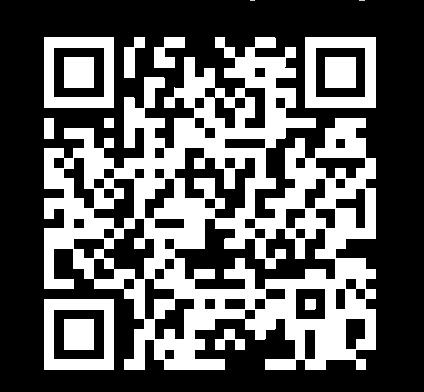



Drinking water is a precious resource, yet we often take it for granted.
Throughout history, civilizations have risen and fallen based on access to a plentiful, safe water supply. That’s still the case today. Water is key to healthy people and healthy communities.
Water is also vital to our economy. We need water for manufacturing, agriculture, energy production, and more. One-fifth of the U.S. economy would come to a stop without a reliable and clean source of water.
Systems are in place to provide you with safe drinking water. The state of Minnesota and local water systems work to protect drinking water sources. For example, we might work to seal an unused well to prevent contamination of the groundwater. We treat water to remove harmful contaminants. And we do extensive testing to ensure the safety of drinking water.
If we detect a problem, we take corrective action and notify the public. Water from a public water system like yours is tested more thoroughly and regulated more closely than water from any other source, including bottled water.
Conservation is essential, even in the land of 10,000 lakes. For example, in parts of the metropolitan area, groundwater is being used faster than it can be replaced. Some agricultural regions in Minnesota are vulnerable to drought, which can affect crop yields and municipal water supplies. We must use our water wisely. Below are some tips to help you and your family conserve – and save money in the process.
• Fix running toilets—they can waste hundreds of gallons of water.
• Turn off the tap while shaving or brushing your teeth.
• Shower instead of taking baths. Bathing uses more water than showering, on average.
• Only run full loads of laundry, and set the washing machine to the correct water level.
• Only run the dishwasher when it’s full.
• Use water-efficient appliances (look for the WaterSense label).
• Use water-friendly landscaping, such as native plants.
• When you do water your yard, water slowly, deeply, and less frequently.
• Water early in the morning and close to the ground.
• Learn more
• Minnesota Pollution Control Agency’s Conserving Water webpage pca.state.mn.us/living-green/conserving-water
• U.S. Environmental Protection Agency’s WaterSense webpage epa.gov/watersense
Many of our daily activities contribute to the pollution of Minnesota’s surface water and groundwater. You can help protect these drinking water sources by taking the following actions:
• Lawn and Property
• Limit use of herbicides, pesticides, and fertilizers on your property.
• Keep soil in place with plants, grass, or rocks.
• Cover temporary piles of dirt with a tarp or burlap sack.
• Keep leaves and grass off of streets and sidewalks.
• Maintain any septic systems, private wells, and storage tanks to prevent leaks. Seal any unused wells.
• Out of Date Medications - Never flush unwanted or out of date medications down the toilet or sink. Always take them to a waste disposal or prescription medication drop-off site. More information is available on managing unwanted medications at pca.state.mn.us/living-green/managing-unwanted-medications.


• Hazardous Materials - Safety store hazardous materials such as paint, batteries, herbicides, pesticides, and pool chemicals. Dispose of them at a proper waste disposal facility or dropoff event. Do not dump down storm drains, sink or onto your land. Learn more about keeping hazardous waste out of the garbage at pca.state.mn.us/featured/keep-hazardous-waste-out-garbage
• Pet Waste - Pick up after your pet and put waste in the trash.
• Trash - Seal trash bags and keep litter out of the street.
• Winter Ice Removal - Chemicals used to break up the ice are called deicers or anti-icers. They can be harmful to the environment, corrosive to driveways and sidewalks and harmful to plants, pets and humans. Always shovel first, and then only apply deicers/anti-icers lightly if needed. Learn more at 10 smart salting tips to protect Minnesota waters at pca.state.mn.us/featured/10-smart-salting-tips-protect-minnesota-waters
• Keep an Eye Out for Car and Motor Fluids - Seal or repair any fluid leaks that could run off onto streets and into storm drains. Take used motor oil or other fluids to a neighborhood drop-off site.
• Be a Water Advocate - Spread the word; get involved. There are many groups and individuals working to protect water across Minnesota.
Bacteria and chemicals can enter the drinking water supply from polluted water sources in a process called backflow. Backflow occurs at connection points between drinking water and non-drinking water supplies (cross connections) due to water pressure differences. For example, if a person sprays an herbicide with a garden hose, the herbicide could enter the home’s plumbing and then enter the drinking water supply. This could happen if the water pressure in the hose is greater than the water pressure in the home’s pipes.
Property owners can help prevent backflow. Pay attention to cross connections, such as garden hoses.
The Minnesota Department of Health and American Water Works Association recommend the following:
• Do not submerge hoses in buckets, pools, tubs, or sinks.
• Keep the end of hoses clear of possible contaminants.
• Do not use spray attachments without a backflow prevention device. Attach these devices to threaded faucets. Such devices are inexpensive and available at hardware stores.
• Use a licensed plumber to install backflow prevention devices.
• Maintain air gaps between hose outlets and liquids. An air gap is a vertical space between the water outlet and the flood level of a fixture (e.g. the space between a wall-mounted faucet and the sink rim). It must be at least twice the diameter of the water supply outlet, and at least one inch.
• Commercial property owners should develop a plan for flushing or cleaning water systems to minimize the risk of drawing contaminants into uncontaminated areas.

The City of Blaine has partnered with the company BSI Online to assist in administering the backflow program in Blaine. Minnesota Plumbing Code* requires backflow prevention devices in a home’s water piping, when connected to possible hazards. The state requires reduced pressure zone (RP) devices, and testable backflow prevention devices installed on or after 1/23/2016, to be tested annually to ensure that they are working properly. Typical homes with these devices have lawn irrigation and/or boilers connected to the drinking water.
Property owners on record with a device that needs to be tested, will receive an annual test reminder letter, mailed from BSI Online. These notices will be sent in early spring each year. If test results are not submitted to BSI, they will send a second reminder letter.
Lawn irrigation systems require a backflow prevention device. These systems can backflow contaminated water into your drinking supply. Particulates that are on your lawn can seep into the underground pipes and enter the drinking water supply. This can be anything from fertilizers to animal feces. Backflow prevention devices stop this from happening.
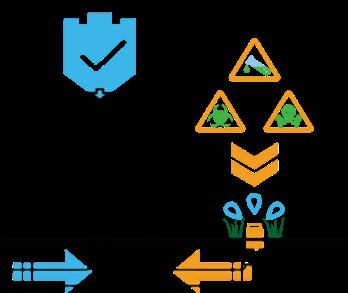


A cross-connection is a connection between the drinking water supply system and any plumbing fixture or a tank, receptor, equipment, or device through which it may be possible for used, unclean, polluted, and contaminated water or other substances to enter the drinking water system. Backflow devices are installed before a cross-connection to prevent contamination. The type of device installed is determined in part by the level of hazard.
The letter you will receive from BSI will provide details on testing. Property owners are responsible for testing these devices annually. Individuals performing testing are required to be certified by the American Society of Safety Engineers (ASSE) and be licensed as a Backflow Prevention Tester by the State of Minnesota. In the top right corner of the letter being sent by BSI will be a customer code (CCN) that you will need to provide to your backflow tester. They will need this number to properly file your backflow test reports via BSI Online. You may also use this CCN at bsionline.com to verify when your backflow test has been filed, locate a list of testers in your area for the best price, or to simply learn more about backflow. If you have any questions or believe that you received a letter by error, please contact BSI via email at support@backflow.com or by phone at 888-966-605.
All RP devices need to be tested annually. All other backflow protection devices that have test ports (PVB, DC, SVB), installed/replaced on or after 1/23/16 also need to be tested annually.



Pressure Vacuum Breakers (PVB) (Standard ASSE 1015)
Double Check Valves (DC) (Standard ASSE 1020), Spill Resistant Pressure Vacuum Breaker (SVB) (Standard ASSE 1056), Double Check Detector Fire Protection (Standard ASSE 1047)
Reduce Pressure Principle Assemblies (RP) (Standard ASSE 1013), Reduced Pressure Detector Fire Protection (Standard ASSE 1047).
Minnesota State Plumbing Code - BlaineMN.gov/MNPlumbingCode
Backflow Prevention Fact Sheet - BlaineMN.gov/BackflowPrevention *2020 MN Plumbing Code 603.5.14, 603.5.14.1, 603.5.14.2, 603.5.14.3, 603.5.23
Most Minnesotans, whether they drink from a public water supply or a private well, have drinking water that does not need treatment for health protection. Water treatment units are best for improving the physical qualities of water—the taste, color, or odor. No single treatment process can remove all substances in water. If you decide to install a home water treatment unit, choose a unit certified and labeled to reduce or remove the substance of concern. If there is more than one substance you want to remove from your water, you may need to combine several treatment processes into one system. Even well-designed treatment systems can fail. You should continue to test your drinking water after you install a treatment unit. All home water treatment units need regular maintenance to work correctly. Regular maintenance may include changing filters, disinfecting the unit, or cleaning scale buildup. Always install, clean, and maintain a treatment unit according to the manufacturer’s recommendations.
Learn more at Home Water Treatment health.state.mn.us0/communities/environment/water/factsheet/hometreatment.html
False claims, deceptive sales pitches, or scare tactics have been used by some water treatment companies. Every person has a right to decide what is best for themselves and their family, and you may choose to install additional water treatment to further lower the levels of contaminants of emerging concern, chlorine, and other chemicals in your water. However, you should be cautious about purchasing a water treatment system. If you are considering the purchase of a home water treatment system, please read the Minnesota Department of Health’s recommendations online at: Beware of Water Treatment Scams health.state.mn.us/communities/environment/water/factsheet/beware.html
When considering whether to use a water softener, contact your public water system to find out if you have hard water. Many systems treat for hardness, making water softeners unnecessary. Water softeners are a water treatment device. They remove water hardness (dissolved calcium and magnesium). Water softeners must be installed and maintained properly to be safe and effective.
Learn more at Home Water Softening, health.state.mn.us/communities/environment/water/factsheet/softening.html
The benefits of soft water include:
• Increased efficiency for soaps and detergents.
• Reduction in mineral staining on fixtures and in pipes.
• A potential increase in the lifespan of water heaters. The drawbacks of soft water include:
• Operation and maintenance costs.
• More sodium. People on low-sodium diets should consult a doctor if they plan to regularly consume softened water.
• The production of salt brine as a byproduct. This can have negative effects at wastewater treatment plants and on ecosystems. Reduce the amount of salt brine used or install a salt-free system.


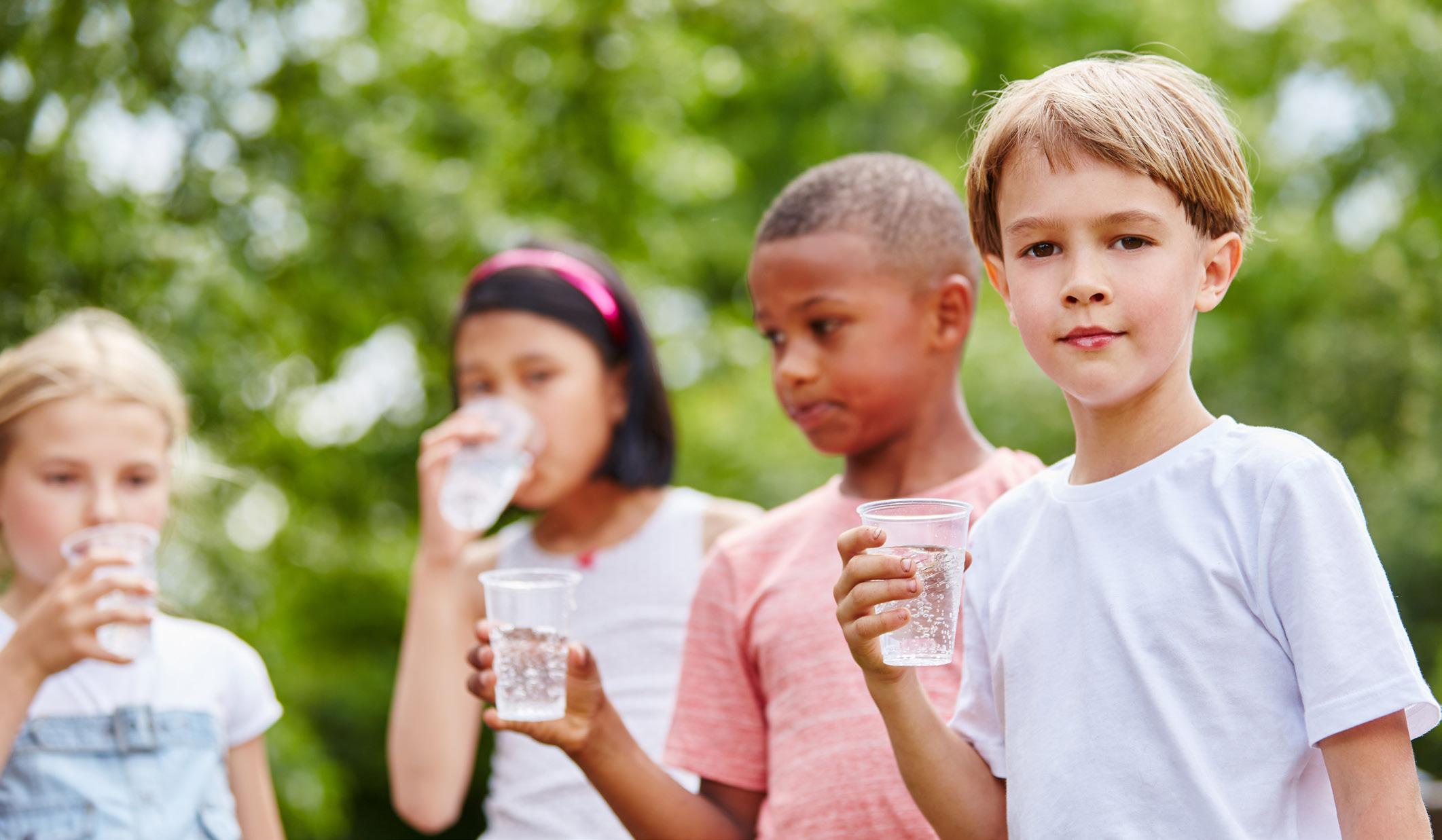
Water systems have ongoing infrastructure, operations, and maintenance costs in supplying safe drinking water, and many are implementing additional efforts to help ensure health equity and manageable water bills with:
• Awareness to help all consumers minimize water use and costs
• Turn the faucet off while brushing teeth.
• Shower instead of bathing to reduce water use.
• Fix running toilets by replacing flapper valves.
• Run full loads of laundry and use a minimal water use setting.
• Community partnerships
• Our water system partners with others to help consumers with limited resources make payments to their water bills.
• Contact us to learn more.
• Our water system partners with others to help consumers with limited resources make payments on their water bills.
• Contact us to learn more.

• Your drinking water is treated to disinfect against microbes, add fluoride, prevent corrosion of lead and copper, remove iron and manganese, and improve taste.
• 11 million gallons of water is available in storage for system capacity and for helping to maintain pressure with water towers.
• Blaine has 342 miles of watermains that move finished drinking water from wells and treatment plants to homes and businesses.

